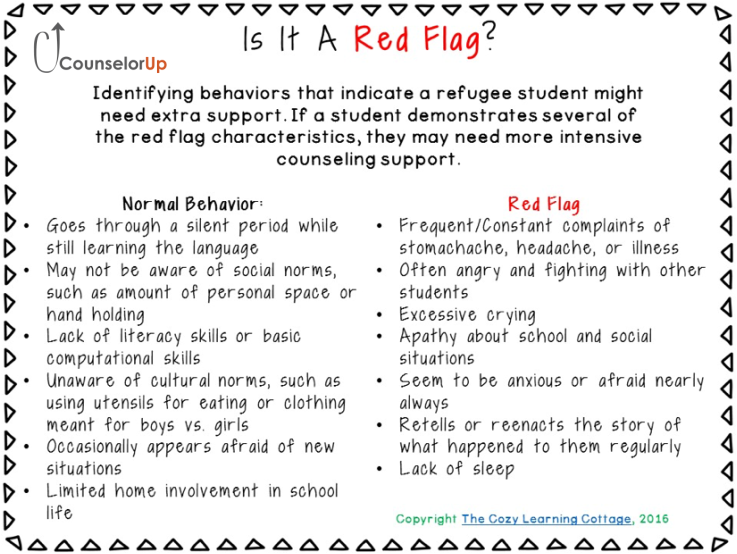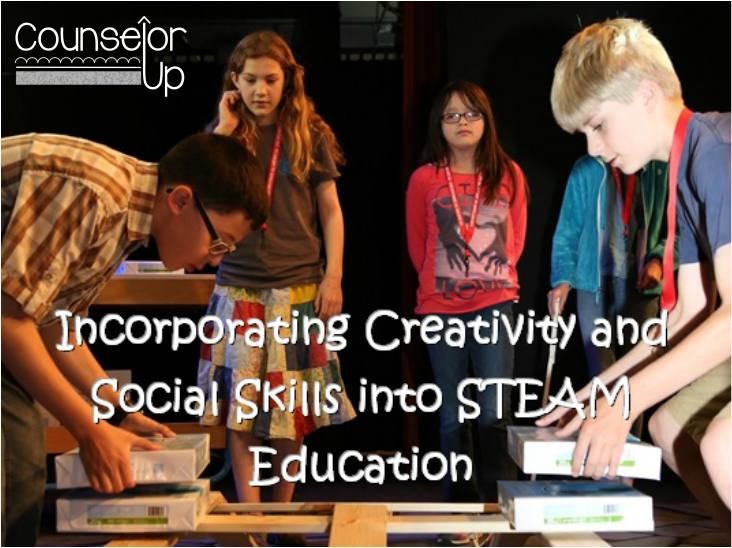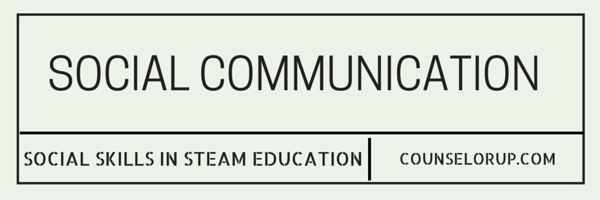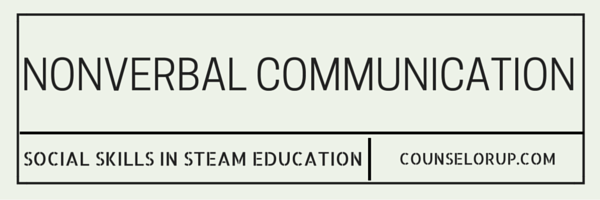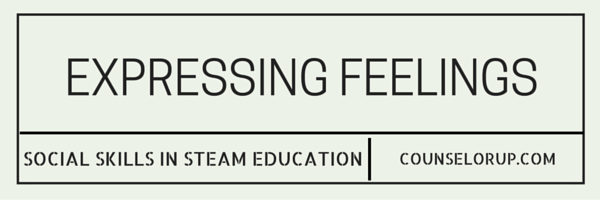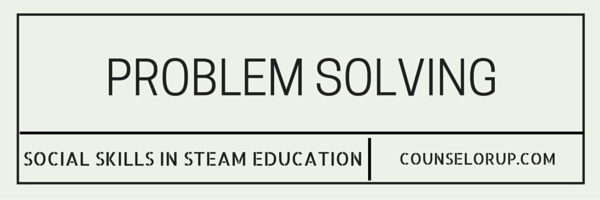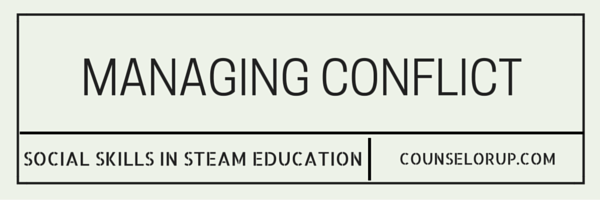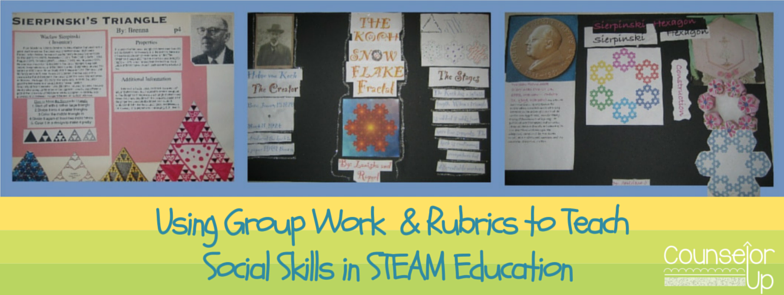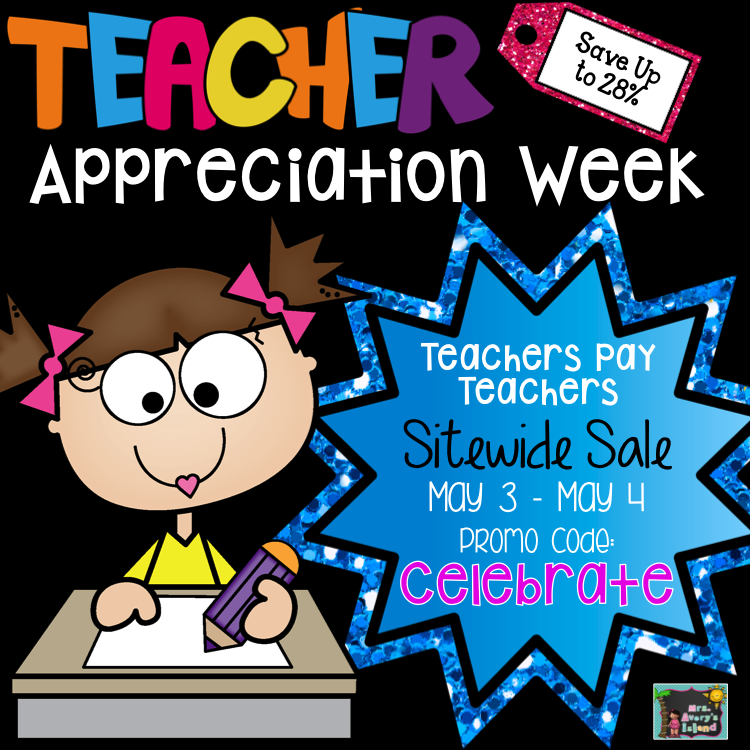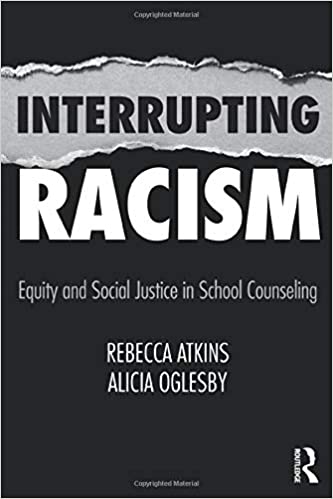In some sense, refugee students are just like every other student in your school. They require high expectations, growth mindset, manageable goals, and quality and caring instruction but refugee students have some unique needs as well. School counselors are in a prime position to not only reach the needs of these children but to train and prepare their teachers and other staff at the school on how to work with these students effectively. Specifically, there are five areas in which refugee students may have different needs than their American-born peers:
Invite Families to Participate
Support Physical Needs
Monitor Emotional Needs
Teach Cultural Norms
Celebrate Diversity
At the end of the day, refugee students are still students. They need to learn how to relate well to their peers, grow in knowledge and understanding, become confident in themselves as learners and as humans, and develop into their best and healthiest selves. There may be a few areas where they need extra support because of their history, but they are not too difficult or beyond helping. With the right help and direction, you will be amazed by how quickly they become thriving members of your classroom community.


